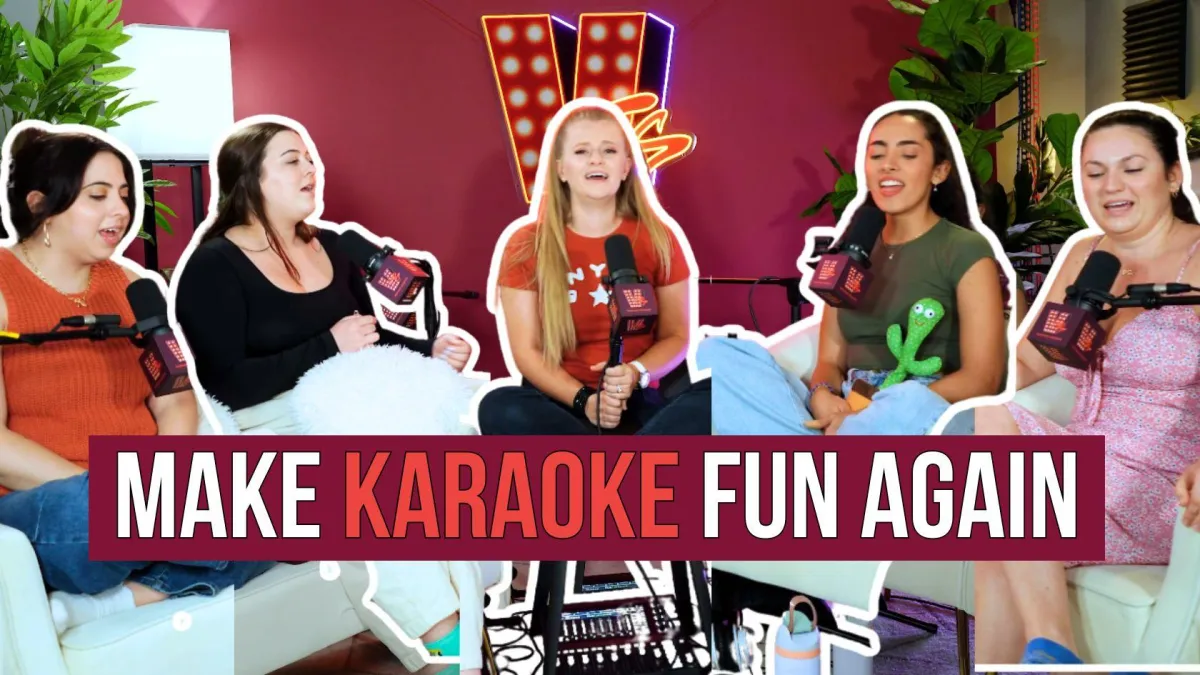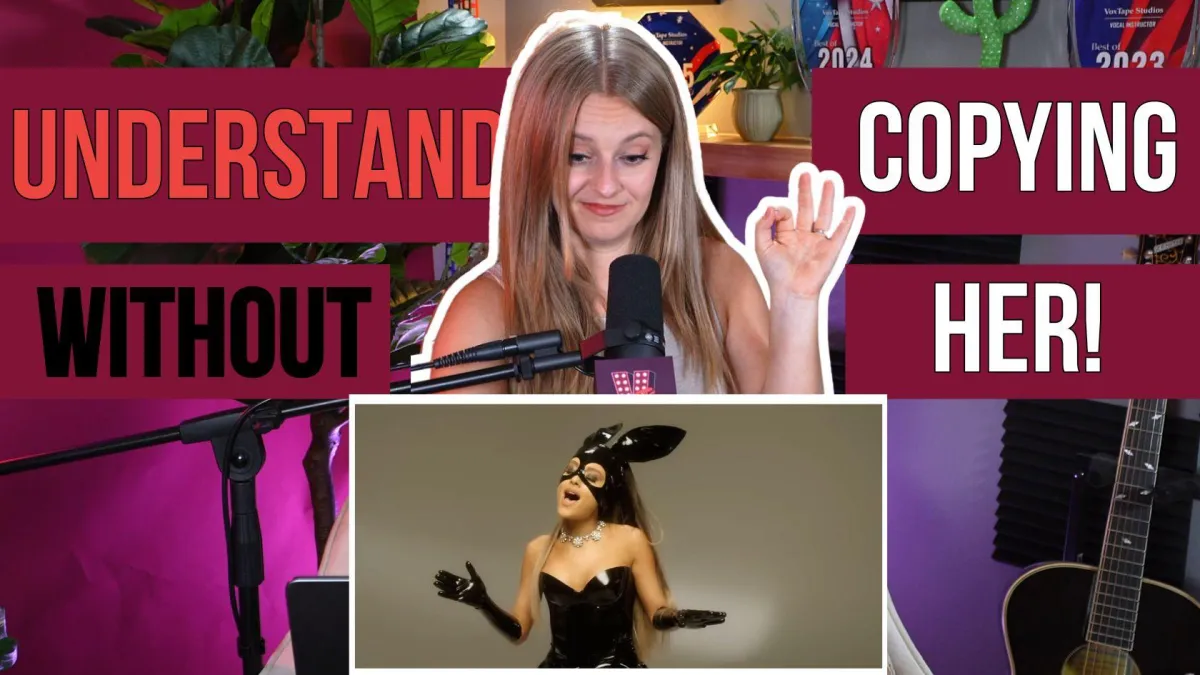Recording Vocals In A Professional NYC Studio With A Vocal Producer
Come with me as I vocal produce and coach singer Alina Victoria in the studio together with producer Miette Hope. While this wasn’t Alina’s first time in the studio she asked me to be there to get the best possible vocal takes for her new song “Waiting Room”.
Karaoke Confidence: How to Enjoy Your Performance
Karaoke can be such a great way to get out there and sing in front of people without and pressure. It’s a chance to practice confidence, flexibility, and performance skills all while having fun. We’re sharing my best tips for making karaoke less stressful and way more fun. From choosing songs that fit your voice to managing nerves, even handling those surprise “sing this instead” moments—karaoke can actually make you a better singer. Remember: karaoke isn’t an audition. It’s a playground for your artistry.
Ariana Grande Style Breakdown: How To Sing Dangerous Woman
Ariana Grande’s *Dangerous Woman* is one of those songs that sounds effortless—but it’s packed with technique. I break down how Ariana mixes **breathiness and brightness**, keeps her resonance forward without pushing, and makes stylistic choices that give the song its signature sound. Remember, we’re breaking down her style to learn from it and better understand the voice, not to become a carbon copy of Ariana Grande.
How To Sing Really Hard Song Like Golden | Vocal Coach Reacts & Teaches Golden
Huntrix’s Golden has taken the internet by storm as it is one of the toughest songs to sing out there. Struggling with it doesn’t make you a bad singer - lord knows I was struggling with it too! To help you sing this song, I coached myself through it. Get some tips on how I added power, released strain and paced myself throughout the song. This is all about belting sustainably - aka mixing—and remembering that the way a song is written can challenge anyone.



